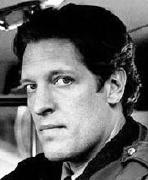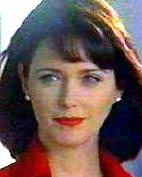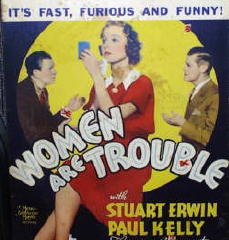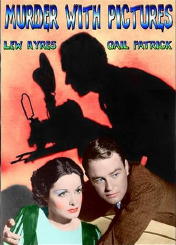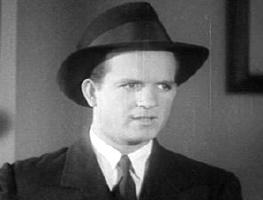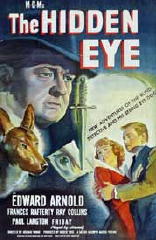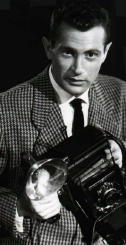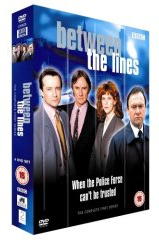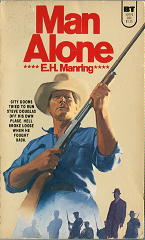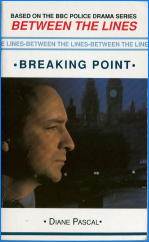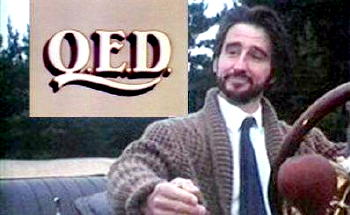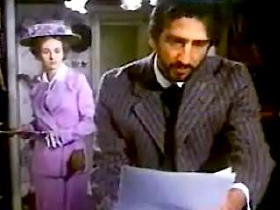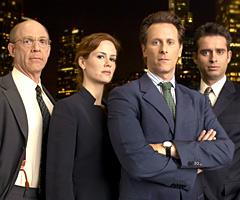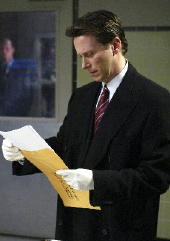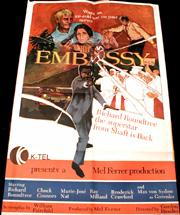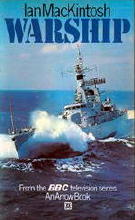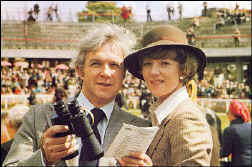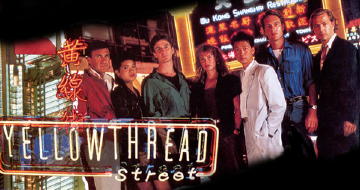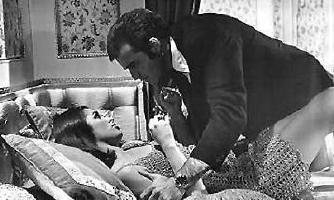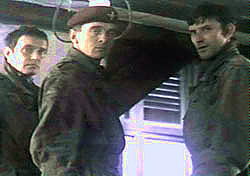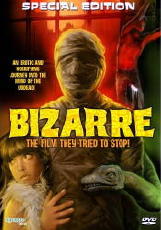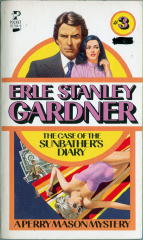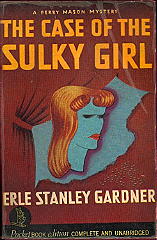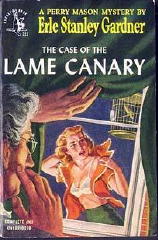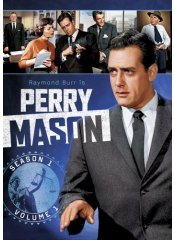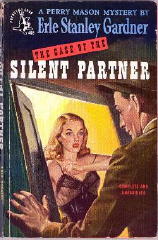Fri 19 Dec 2008
TV Movie Review: THE MURDER OF ROGER ACKROYD (2000).
Posted by Steve under Characters , Reviews , TV mysteries[6] Comments
THE MURDER OF ROGER ACKROYD. TV movie/episode of Agatha Christie: Poirot. First shown in the UK on 2 January 2000 [Season 7, Episode 1]. David Suchet, Philip Jackson, Oliver Ford Davies, Selina Cadell, Roger Frost, Malcolm Terris, Nigel Cooke, Daisy Beaumont, Flora Montgomery. Based on Agatha Christie’s novel of the same name. Screenwriter: Andrew Grieve. Director: Clive Exton.
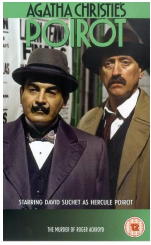
It’s been a long time since I first read the book — something like 55 years ago — and it was also the last time. This is one of only two detective novels for which I remember the ending and who did it, and the other was by Agatha Christie also.
Which is why the book has been only a one-time affair for me. The details I don’t remember, but I do remember Hercule Poirot — it was probably my introduction to him, but I couldn’t swear to that — and once you’ve read a novel he’s in, if you’re a detective story fan of any kind, he’s a character you’ll also never forget.
Confession time. I’ve never seen David Suchet as Poirot until now. Pure negligence on my part, or a certain lack of resolve, whatever. Right now, at the moment, I am typing this, I’m a convert. 100 percent. Suchet is Hercule Poirot, to the ultimate and finest detail.
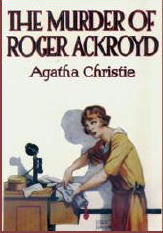
If you know the story about Roger Ackroyd’s murder, and without my saying more, I am assuming that you do, you might wonder how it could be filmed. If it were up to me, I’d do as direct an adaptation as I could, but Andrew Grieve goes at it sort of sideways and this misses the point of the tale entirely. (At the beginning of the film Poirot is reading from the killer’s diary.)
The characters in this film are among those that are also in the book, but some research into other reviewers’ commentaries say that not all of the characters in the book are in the movie, present and accounted for.
There is also an extra murder that is not in the book (or again, so I’m told). And on my own, with no help from others, I certainly did not recognize the shootout in the chemical factory between the killer on one side at the end, and Poirot and Inspector Japp (Philip Jackson) on the other. Good grief. What were they thinking?
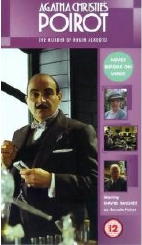
I also wondered about the scene in Poirot’s old semi-abandoned city apartment (the movie begins as he’s “enjoying” his retirement far out in the country). Poirot seems choked up about the place, the furniture covered in sheets, with bad memories flooding his mind. What was that all about? (Perhaps it has to do something with the fact that I started watching the Suchet series with Season 7?)
All in all, I suppose one could easily enjoy this made-for-TV movie if one did not know the story, nor the character, ahead of time. I can usually tune things out so that I can watch the film the screenwriter and director want to tell while I’m watching, which I did just fine. But why on earth did they want to tell this one?
I exclude David Suchet from blame. Even if he had something to say about the story, I’m going to say he didn’t, and I’m looking forward to his next outing in the boxed set I just bought myself as an early Christmas present.
